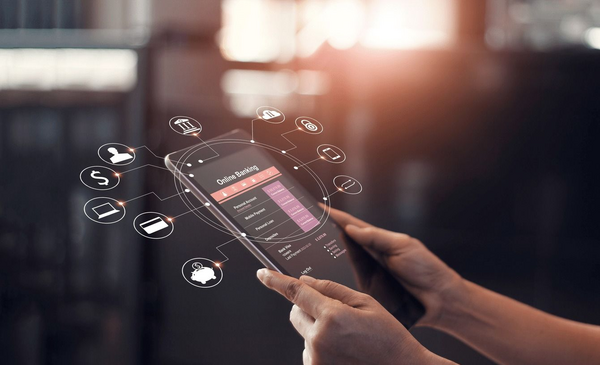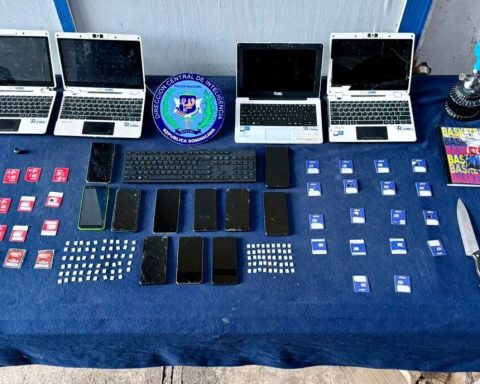Buying online, carrying out bank transactions and accessing the digital channels of companies are some of the actions carried out most by users of banks and finance companies and, although this brings them benefits, —such as the ease of operating at all times without having to to go to a branch also carries increased risks, such as fraudulent movements or identity theft.
To solve this problem, the Central Bank of Uruguay (BCU) issued Circular 2395. This regulation is aimed at issuers of electronic instruments —electronic means of payment that allow transactions to be carried out through the Internet, ATMs, etc.; according to the Financial Inclusion Law—, with the objective of ensuring the safety of its users. For it, establishes obligations and a sanctioning regime for companies in the financial sector.
The standard involves banks, investment banks, financial houses, external financial institutions, financial intermediation cooperatives, financial services companies, fund transfer companies, credit administrators and administrators of platforms for loans between people.
How to adapt practices to the new regulation?
The regulation means that financial companies implement administrative changessuch as informing the client about the different risks to which he is exposed when using the electronic instrument or communicating procedures for notifying inconveniences.
What’s more, may lead to technological modifications to ensure the quality of the system that operates the instrument, for example, unequivocally authenticating the client.
To adapt to changes, companies look to biometricsa technology that offers security mechanisms to validate the identity of users without having to resort to a long list of complex passwords, a mechanism that is becoming obsolete and is easy to exploit. Customers can authenticate remotely based on an identity document and a selfie. In this way, it guarantees identity verification, prevents identity theft and operations on behalf of third parties.
“Users prefer simple, innovative and frictionless procedures,” they say from the Isbel technology company.
According to a study by the digital technology market researcher, Juniper Research, this solution will be the main protagonist in a few years: It will allow to authenticate more than three trillion dollars in transactions in 2025, a significant improvement compared to 404,000 million dollars in 2020.
In turn, biometrics is presented as a accessible technology also for small and medium-sized companies.
















